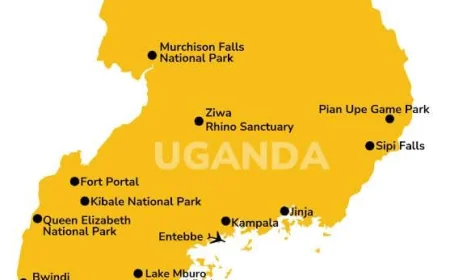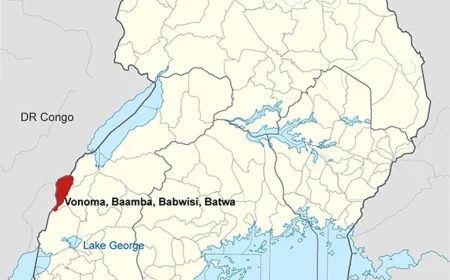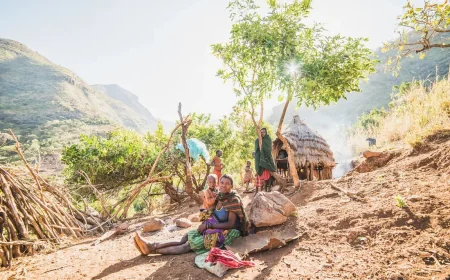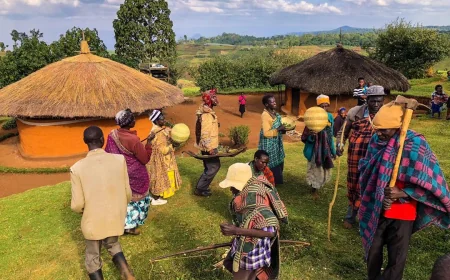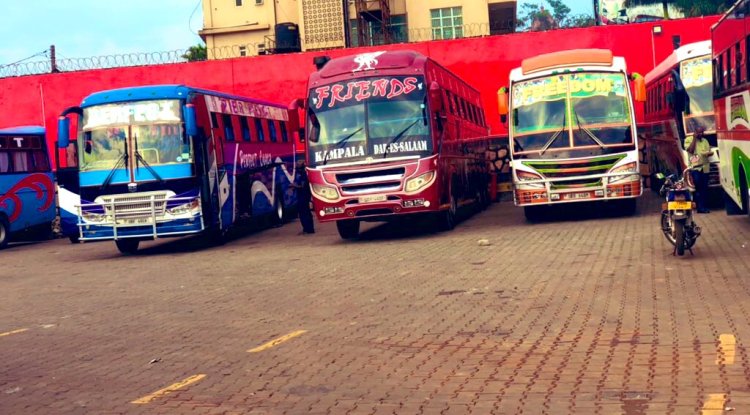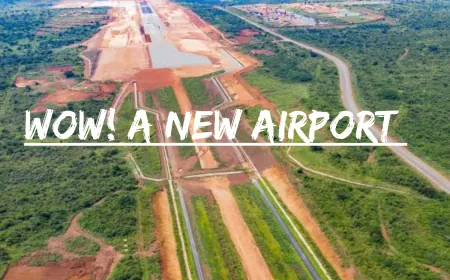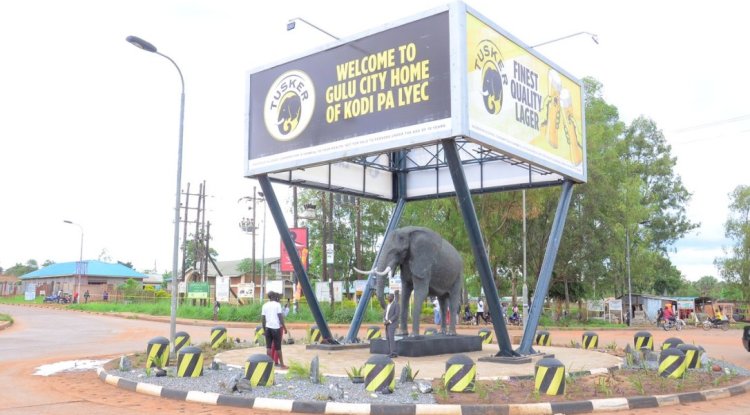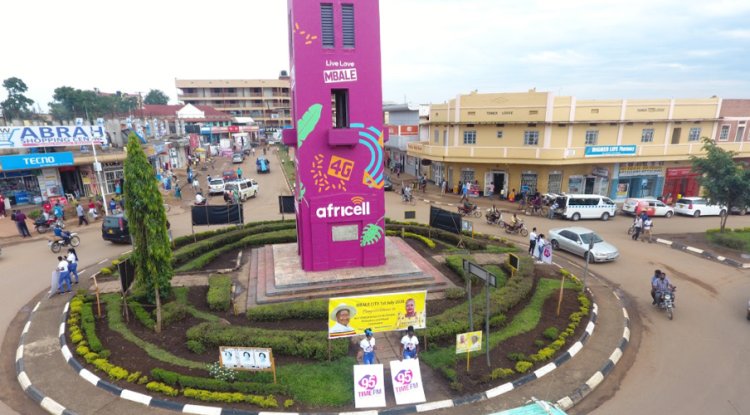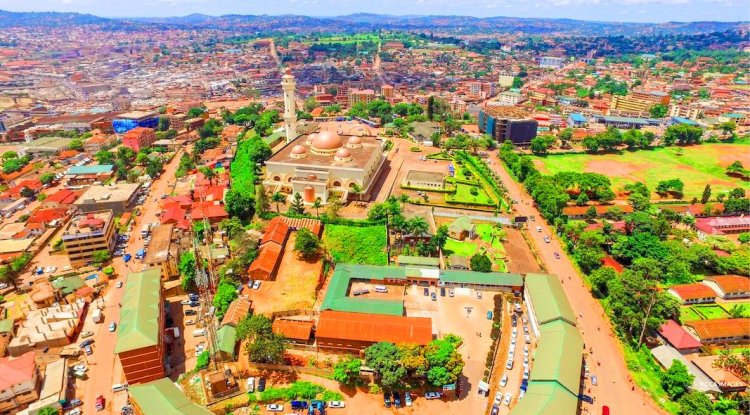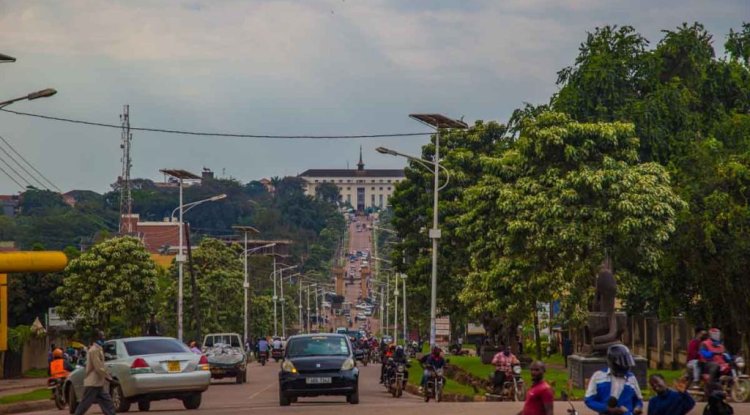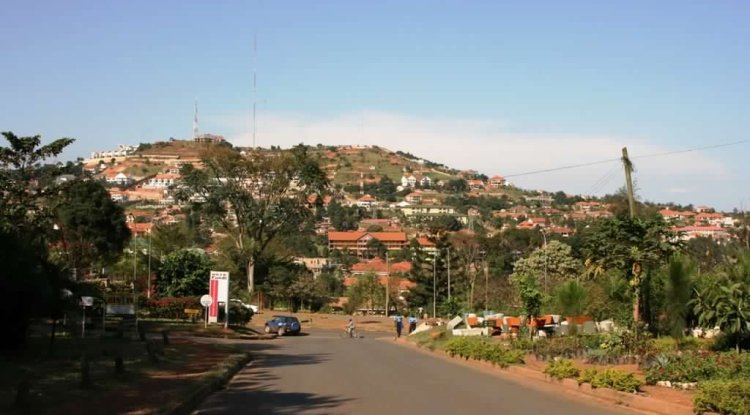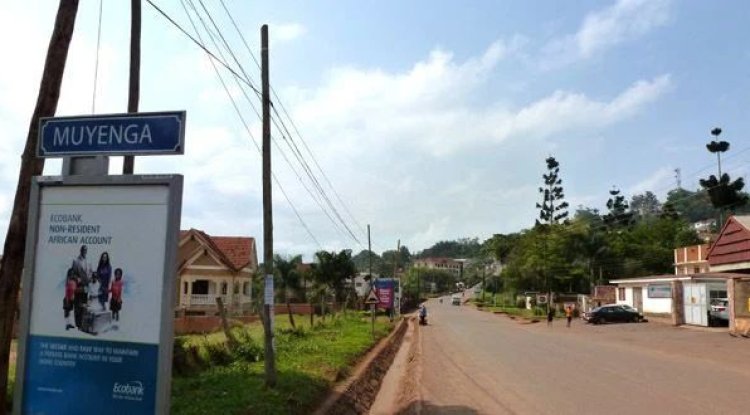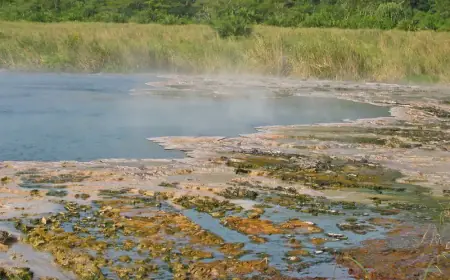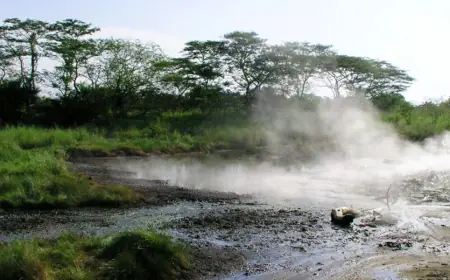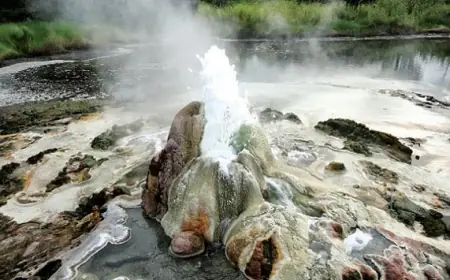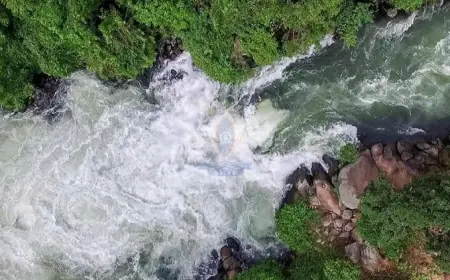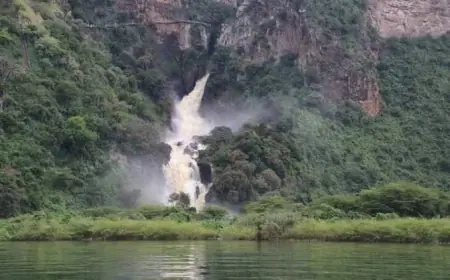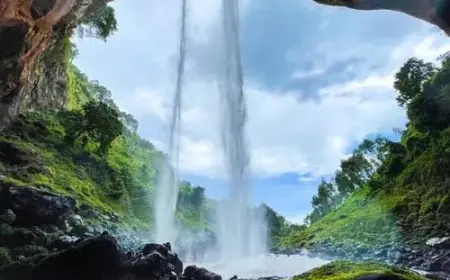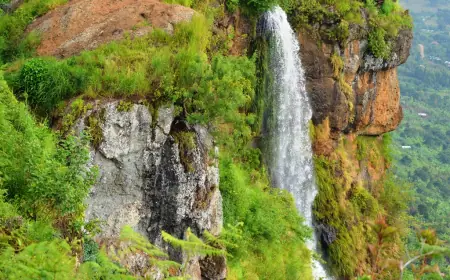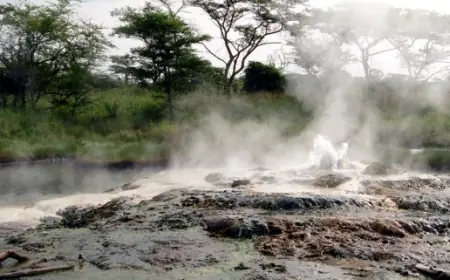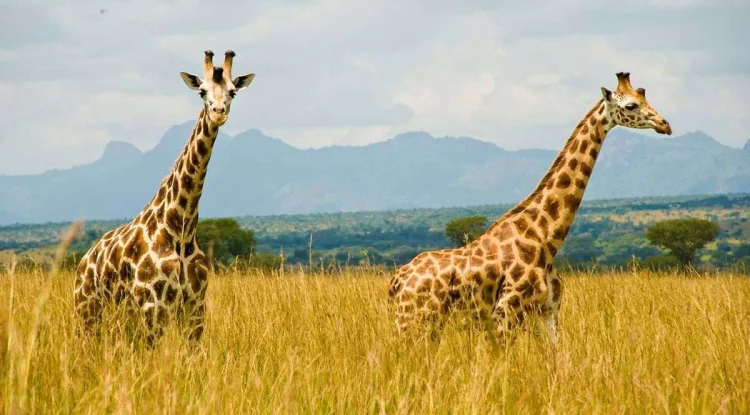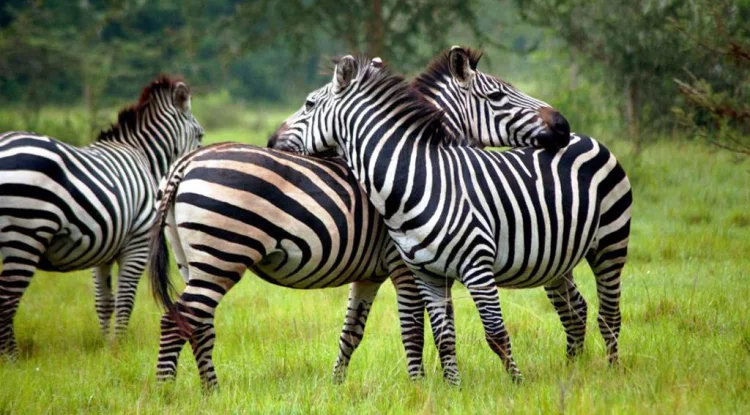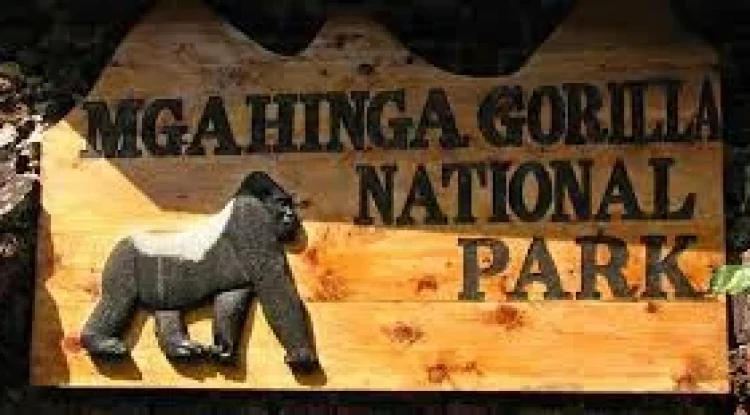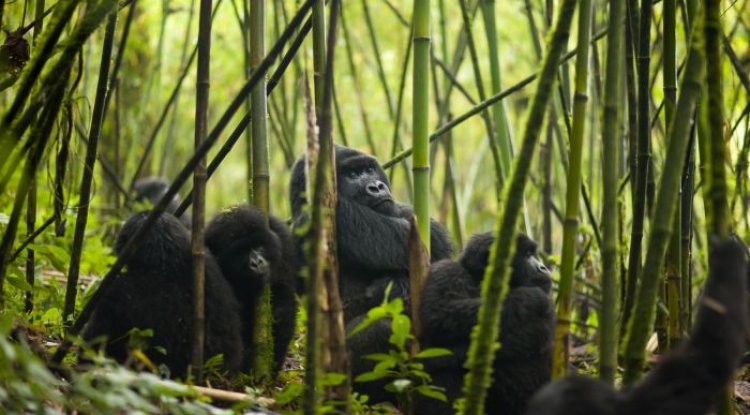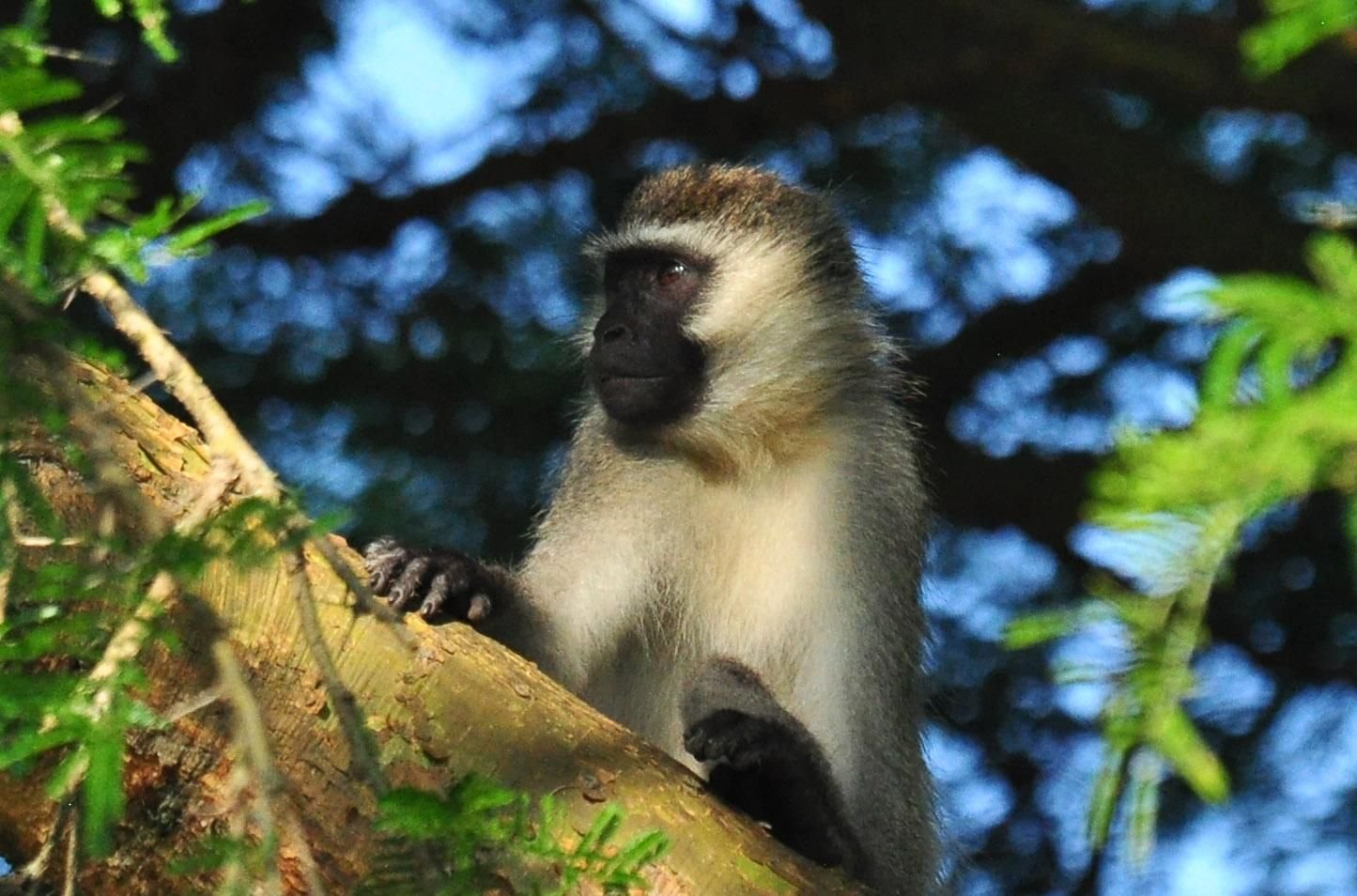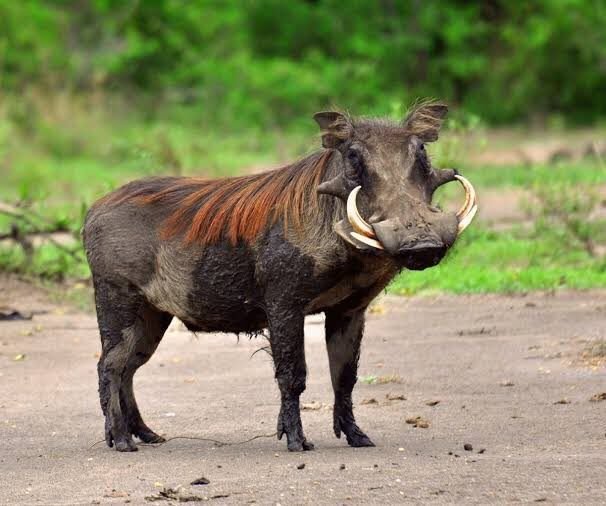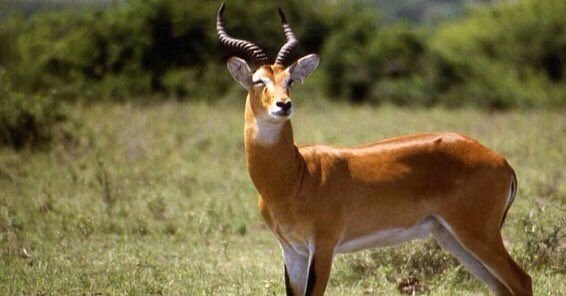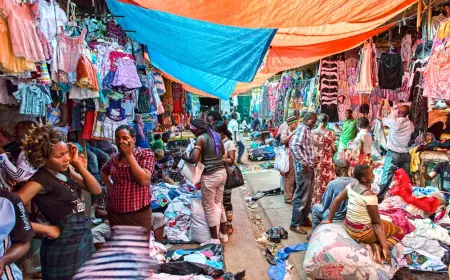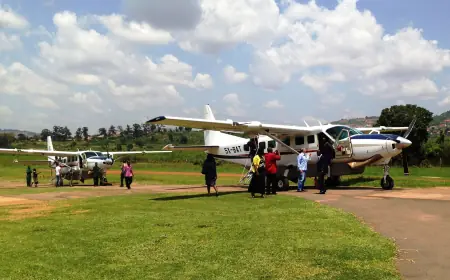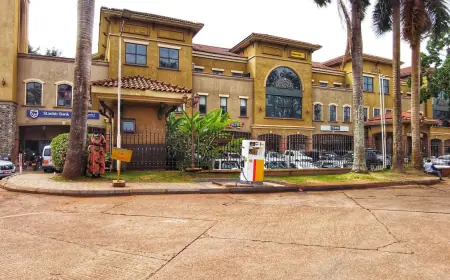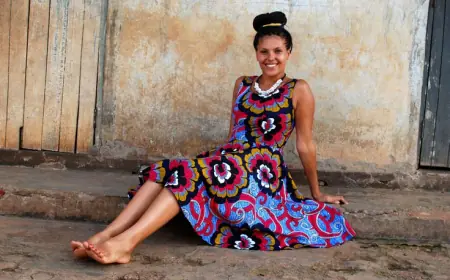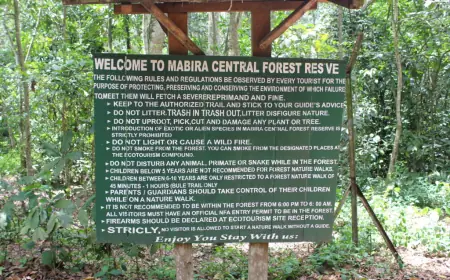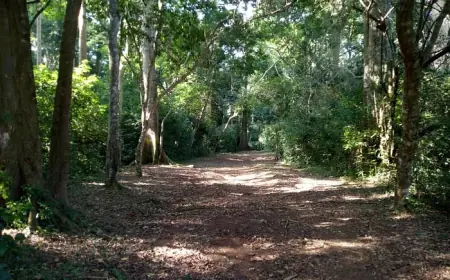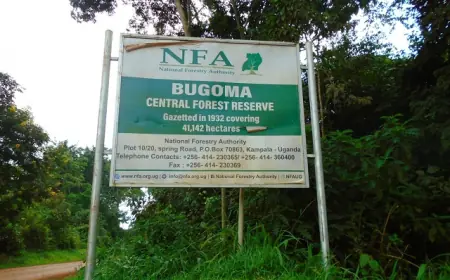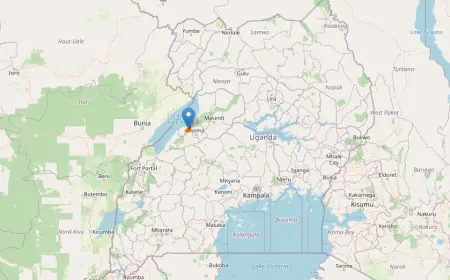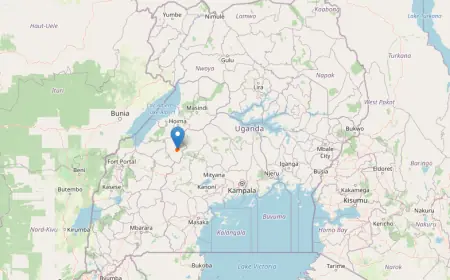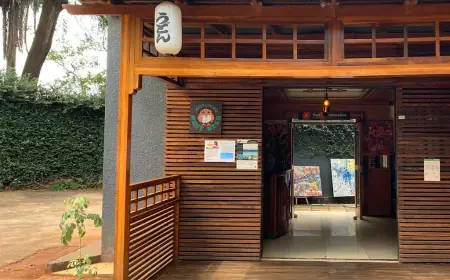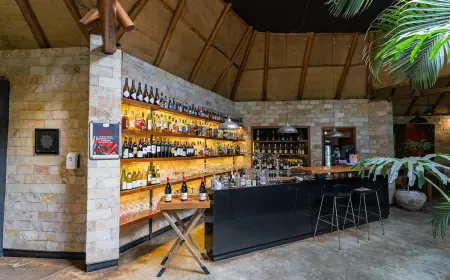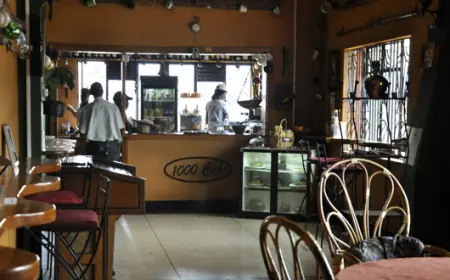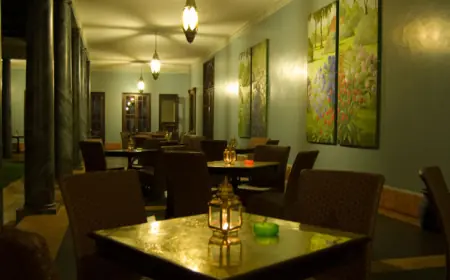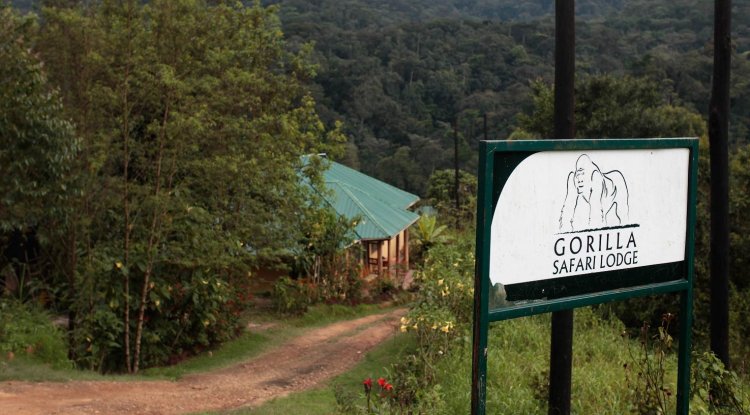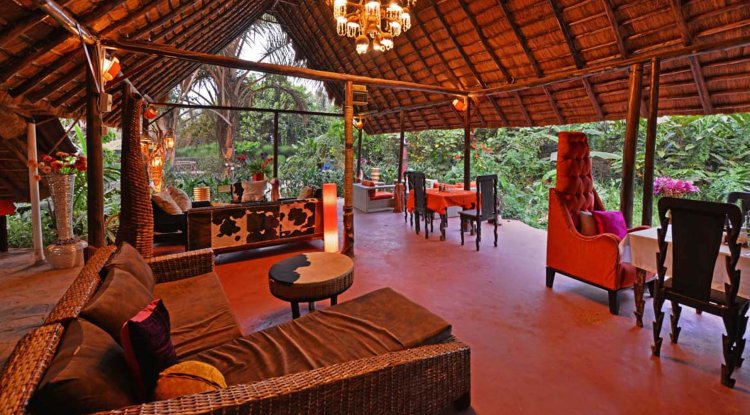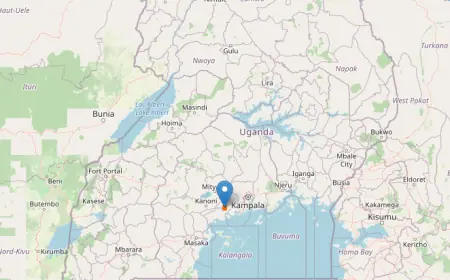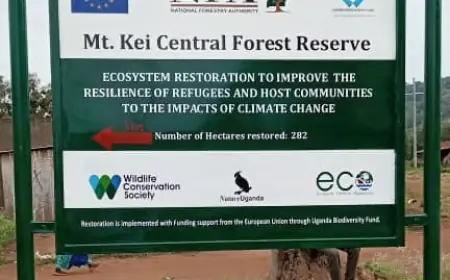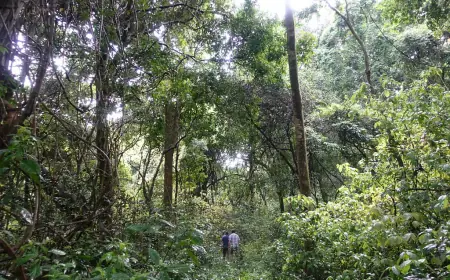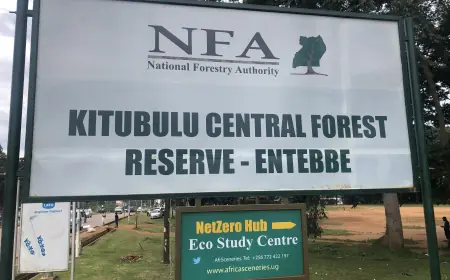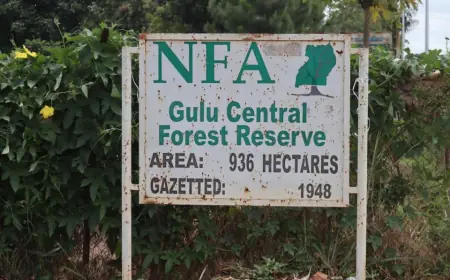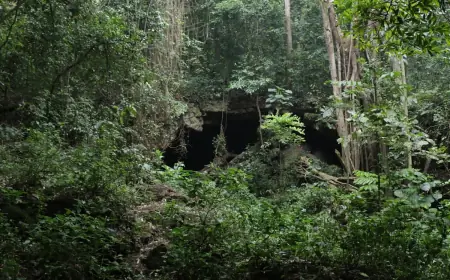Bugoma Central Forest Reserve: A Biodiversity Hotspot Under Threat
Bugoma Central Forest Reserve is located in the Hoima district of western Uganda, on the eastern edge of the Albertine Rift Valley.
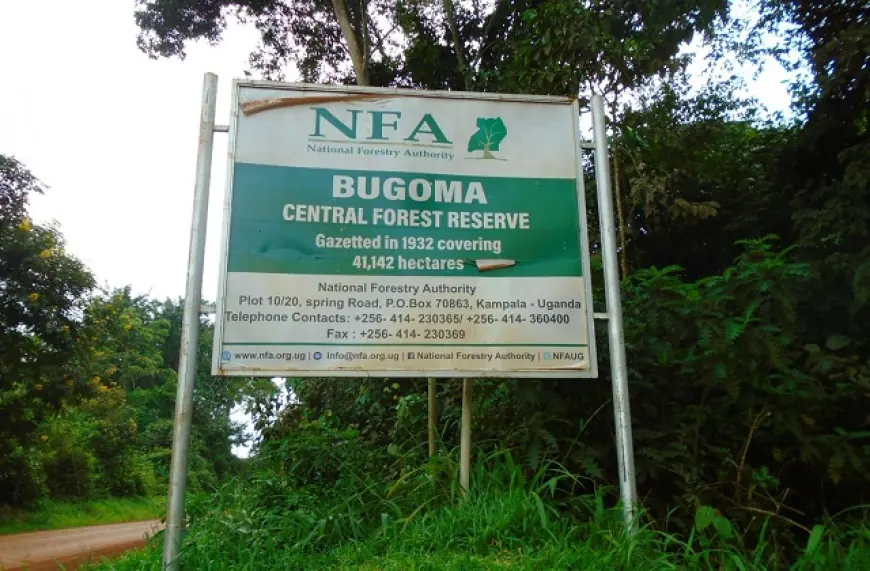
Imagine walking through a lush tropical forest where you can hear the calls of chimpanzees, the songs of colorful birds, and the rustle of leaves. You can smell the fresh air and the fragrance of flowers. You can see the towering trees and the diverse plants. This is what it feels like to be in Bugoma Central Forest Reserve, one of the most important natural habitats in Uganda.
Background
Bugoma Central Forest Reserve is located in the Hoima district of western Uganda, on the eastern edge of the Albertine Rift Valley. It covers an area of 401 square kilometers (155 square miles) and was established as a forest reserve in 1932. It is managed by the National Forestry Authority (NFA), a governmental agency responsible for the conservation and sustainable use of Uganda's forests.
Bugoma Central Forest Reserve is home to an astonishing variety of life forms, including 34 species of mammals, 225 species of birds, 292 species of butterflies, 257 species of trees and shrubs, and 20 species of amphibians. Some of these species are endemic to the Albertine Rift, meaning they are found nowhere else in the world. Some of them are also endangered or threatened, such as the chimpanzees, the grey parrots, the Nahan's francolin, and the Afrothismia winkleri, a rare fungus. Bugoma Central Forest Reserve is also a vital watershed, providing water to Lake Albert and the surrounding communities.
Threats
However, this forest paradise is facing serious threats from human activities such as logging, charcoal production, agriculture, and mining. According to a report by the Environmental Conservation Trust of Uganda (ECOTRUST), the forest reserve has lost about 13% of its original area since 1990 and is projected to lose another 22% by 2030 if no action is taken. The loss of forest cover has negative impacts on biodiversity, the climate, and the livelihoods of the local people.
One of the main drivers of deforestation in Bugoma Central Forest Reserve is the demand for sugar cane, which is used to produce sugar and ethanol. In 2016, the government of Uganda leased 22 square kilometers (8.5 square miles) of the forest reserve to Hoima Sugar Limited, a private company, for sugar cane plantations. This decision sparked a public outcry and a legal battle, as environmentalists, civil society groups, and local communities opposed the move. They argued that the lease violated the Constitution, the National Forestry and Tree Planting Act, and the National Environment Act, which prohibit the conversion of natural forests into other land uses. They also claimed that the lease would destroy the habitat of the chimpanzees and other wildlife and affect the water quality and quantity of Lake Albert.
The case is still pending in the courts, but the fate of Bugoma Central Forest Reserve hangs in the balance. The forest reserve is not only a natural treasure but also a source of income and well-being for the people who depend on it. According to a study by ECOTRUST, the forest reserve provides ecosystem services worth $1.2 billion per year, such as carbon sequestration, water regulation, soil erosion control, tourism, and non-timber forest products. These benefits outweigh the potential revenue from sugar cane production, which is estimated at $210 million per year.
Solutions
Therefore, it is imperative that the government of Uganda, the NFA, Hoima Sugar Limited, and other stakeholders work together to find a win-win solution that protects the forest reserve and supports the development needs of the country. There are alternative ways to produce sugar and ethanol without sacrificing the forest, such as using degraded lands, intercropping, or adopting agroforestry practices. There are also opportunities to enhance the value of the forest through ecotourism, research, education, and community participation.
Conclusion
Bugoma Central Forest Reserve is a unique and irreplaceable ecosystem that deserves our respect and care. It is not only a forest, but a living heritage that connects us to nature and to each other. Let us join hands to save Bugoma Central Forest Reserve before it is too late.
What's Your Reaction?
 Like
0
Like
0
 Dislike
0
Dislike
0
 Love
0
Love
0
 Funny
0
Funny
0
 Angry
0
Angry
0
 Sad
0
Sad
0
 Wow
0
Wow
0
